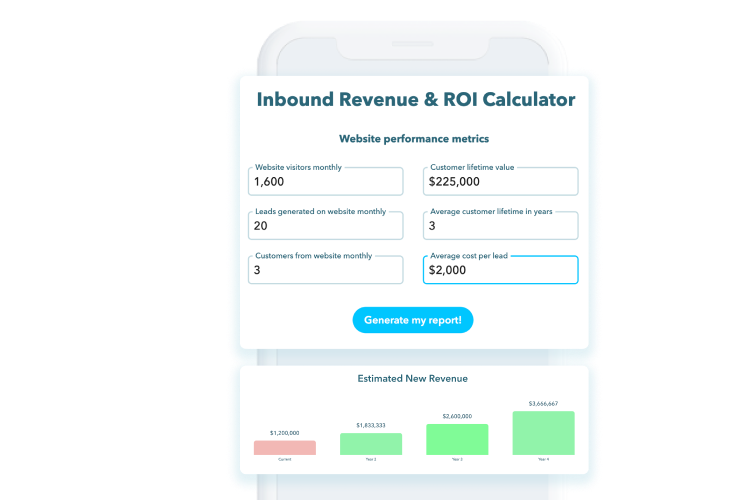 1,070 views
1,070 views 1422 Views
1422 Views  3 min read
3 min readYour competitors can be a huge help (no, not by disappearing). There’s a wealth of information available on their triumphs and failures. All of it can be used to your CleanTech company’s advantage. Here are some valuable ideas for evaluating your competitor’s online marketing.
Many of your competitors use content to draw in visitors. Some of those visitors become qualified leads. To put it another way, good content = more qualified leads. Just the idea of becoming a follower of a competitor’s blog is enough to make you shiver. Keep your eye on the prize so that you gain a deeper understanding of your market. Take note of the competition’s top posts. If you notice a pattern, there’s a good chance that your market is screaming, “We want this type of material!” Which posts aren’t doing so well? Why? This isn’t just about avoiding the same mistakes. When used properly, the insight obtained from these questions can assist you in filling gaps in your own content strategy.
Having a ton of web traffic is good, but if your readers aren’t active participants, they won’t ever become qualified leads. Here’s how you can measure reader engagement on your rival’s website:
Is SEO still a mystery? Well, at least the keyword portion doesn’t have to be. There are a number of tools that you can use to monitor your competition’s keyword strategy (we recommend HubSpot’s Keywoord Tool). Naturally, everyone will be fighting tooth and nail over the juiciest keywords. To ease your struggles, don’t follow the crowd; look for creative alternatives instead. Use your rival’s list as a starting point for forming your own targeted, and even more relevant keywords.
It’s much easier to get your foot in the door with a referral. Linking and being linked to reputable sources raises your SEO rank and builds credibility. Pay close attention to where competitors are sending their readers. These external links are prime examples of what appeals to your market. Plus, they present an opportunity to tap into a sizable network. Be sure to also check out the links on those recommended websites. You might uncover some sources that the competition has yet to reach.
Slow load times and unresponsive (not mobile-friendly) websites are headaches for visitors. People come to a site to relieve a pain, so it’s best not to cause any extra ones. Look to other green tech blogs to see which designs are worth emulating. HubSpot’s Website Grader will do all the heavy lifting, but it’s up to you to take the data and construct a fully optimized site. Keep in mind that a website grader won’t be able to catch everything. More than anything, a site has to be user-friendly. When inspecting a website, ask yourself, “Am I struggling to use this?”
No matter the type of clean energy business (wind, solar, energy storage, waste disposal, etc.), learning from your competitors can strengthen your ability to attract more leads. For an additional leg up, try tapping into more customer centered forms of online marketing. To learn about what’s needed to develop an effective Content and Inbound Strategy, grab our free eBook here! If you have any questions about how to get started with an Inbound Strategy for your company, don’t be shy, reserve a time to speak with us here. We’re happy to help!
Also Read – Finding the Right Clean Technology Content Marketing Service
